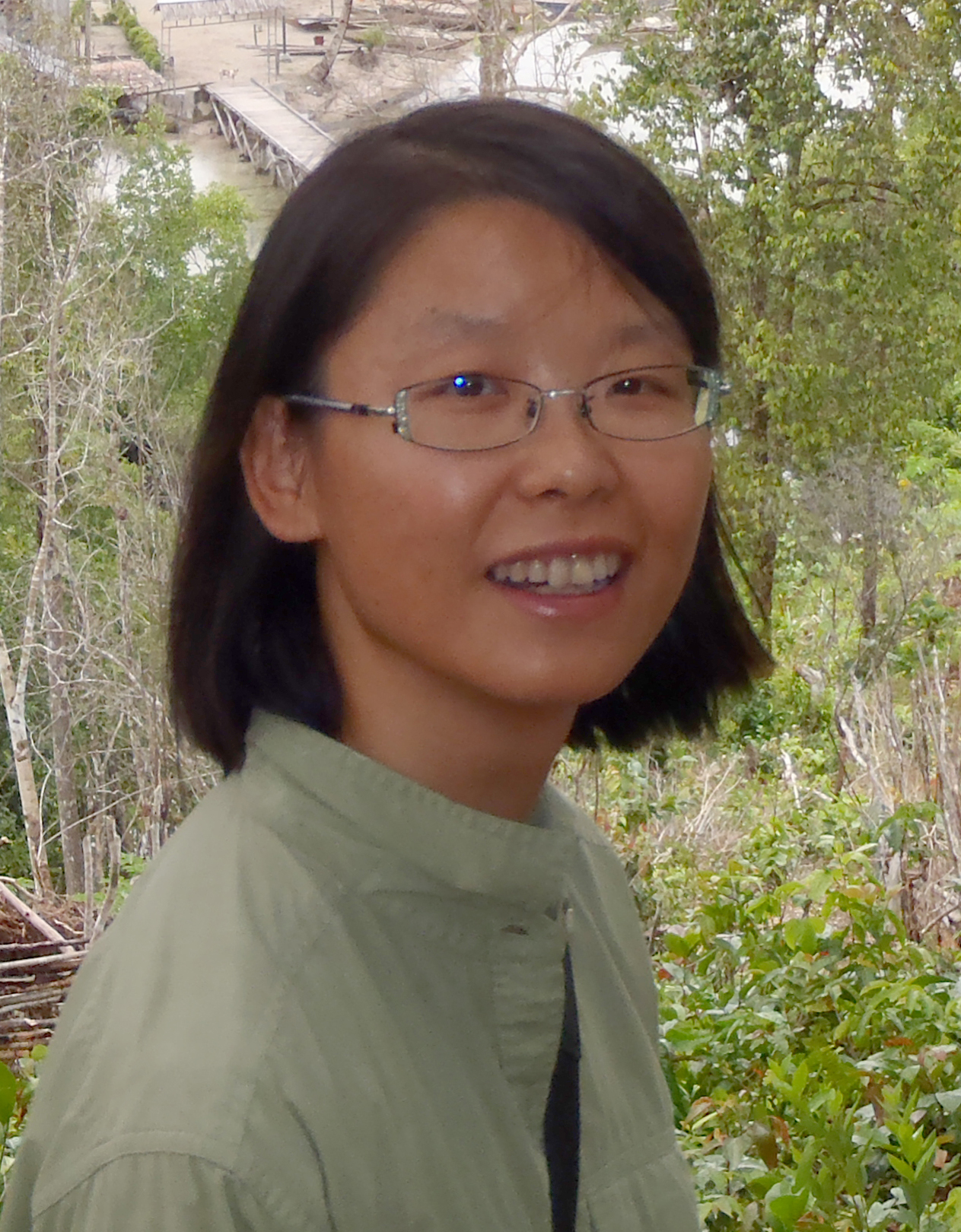Invasion of the Host: How the Parasite Became the Parasite

In all likelihood, you’re currently playing host to the Toxoplasma gondii parasite. It’s not a picky resident, and it can be transmitted to humans through many routes, from cat feces to undercooked steak.
 MBL Whitman Scientist Ke Hu of Indiana University, Bloomington
MBL Whitman Scientist Ke Hu of Indiana University, BloomingtonBut don't fret. Although nearly one third of the human population carries this single-celled invader, it is typically confined to tissue cysts in a slowly replicating form, and healthy immune systems can clear away any escapees from the cysts. However, if the immune system is compromised, Toxoplasma duplicates uncontrollably—engendering tissue damage and neurological defects.
In the MBL Whitman Center this summer, Ke Hu of Indiana University, Bloomington, compared Toxoplasma to several related protists to decrypt their entwined, evolutionary pasts. She focused on several marine relatives of Toxoplasma: Pekinsus marinus, an oyster parasite, and a group of photosynthetic protozoa known as chromerids, which do not require a host for survival.
“We’re looking at the structural similarities and differences among these guys,” Hu explains. She likens the three strains with their varied (though overlapping) characteristics to different iterations of an evolutionary study performed by nature.
“We’re basically trying to ‘deconvolve’ these experiments carried out by nature,” she says. “In doing so, we hope to discern what it takes to achieve a certain ‘parasitic’ lifestyle.”
The “lifestyle” Hu refers to is a nomadic one of spreading from cell to cell. The parasite first glides along the surface of the unsuspecting host in a slug-like manner, carefully drilling into it. The intruder then replicates to produce many progeny until the host’s resources are exhausted. Then, the parasite bursts out of the cell in search of a new host (see video below by Aoife Heaslip and Ke Hu).
Hu’s lab is comparing three specific parasitic elements that aid and abet in hostile takeover. The first is the apical complex, a basket-like structure that resembles the coned nose of a badminton birdie. Toxoplasma employs the apical complex to enter into the host cell, but the role of this structure in Pekinsus and chromerids remains unknown.
“Some of the proteins in this complex are well conserved, and can serve as molecular handles to map out the evolution of the organelle,” Hu says. “We want to know which features in the complex help the parasite to invade.”

Hu is also examining the motor complex used to glide along the surface of the host during invasion. While “gliding” accurately describes Toxoplasma locomotion, it is unclear whether Pekinsus and chromerids move in the same way. Once again, the molecules important for Toxoplasma movement have similar counterparts in Perkinsus and chromerids. The Hu lab is trying to determine whether these molecules were used to drive motility before or after Toxoplasma diverged from its distant relatives on the evolutionary tree.
Finally, Hu wants to know if cell division in Pekinsus and chromerids occurs by the same means as in Toxoplasma (that is, by internal budding). This could indicate whether free-living organisms also replicate in this way, or if the process is unique to parasites.
Ultimately, Hu’s insights may contribute to future treatment initiatives. “Comparing related species could tell us what’s important for building certain structures, for gliding along the host cell to invade, and for replicating,” she says. “These are required for parasites to cause disease, so it could potentially lead to drug targets.”